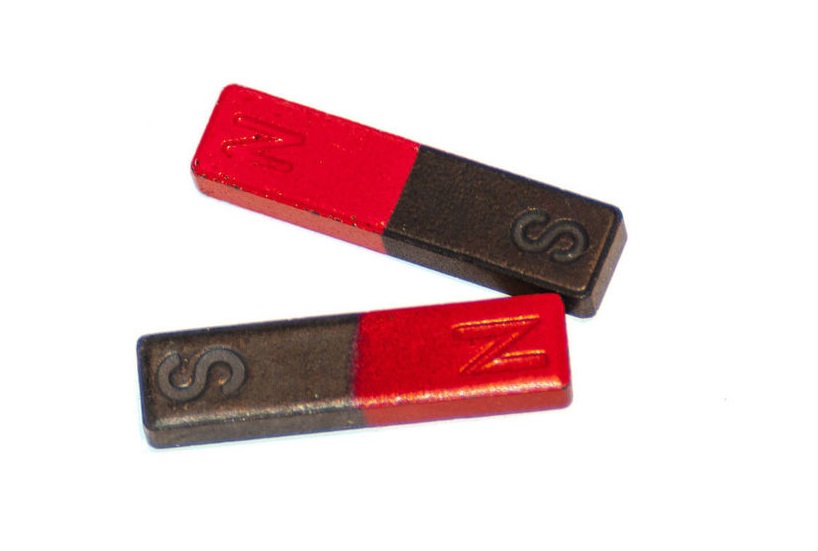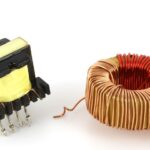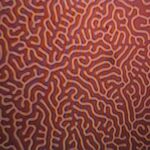Temperature can also influence the magnetic characteristics of materials. The atomic magnetic moments are free to rotate, hence with rising temperature, the increased thermal motion of the atoms tends to randomize the directions of any moments that may be aligned.
For ferromagnetic, antiferromagentic and ferrimagentic materials, the atomic thermal motions counteract the coupling forces between the adjacent atomic dipole moments, causing some dipole misalignment, regardless of whether an external field is present. The result is a decrease in the saturation magnetization for both ferro and ferrimagnets. The saturation magnetization is a maximum at ) K, at which temperature the thermal vibrations are a minimum. With increasing temperature, the saturation magnetization diminishes gradually and then abruptly drops to zero at what is called the curie temperature Tc. The magnitude of the curie temparature varies from material to material; for example, for iron, cobalt, nickel., the respective values are 768,1120,335 and 585 degree Celsius. Antiferromagnetism is also affected by temperature; this behavior vanishes at what is called the Neel temperature. At temperatures above this point, antiferromagnteic materials also become paramagnetic.


